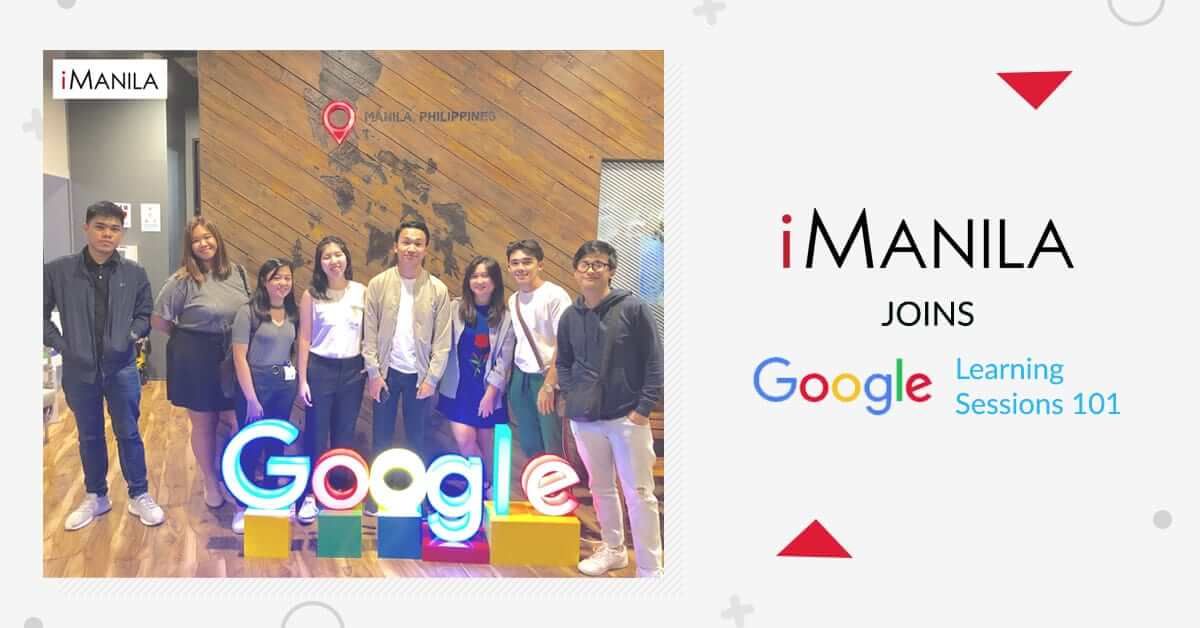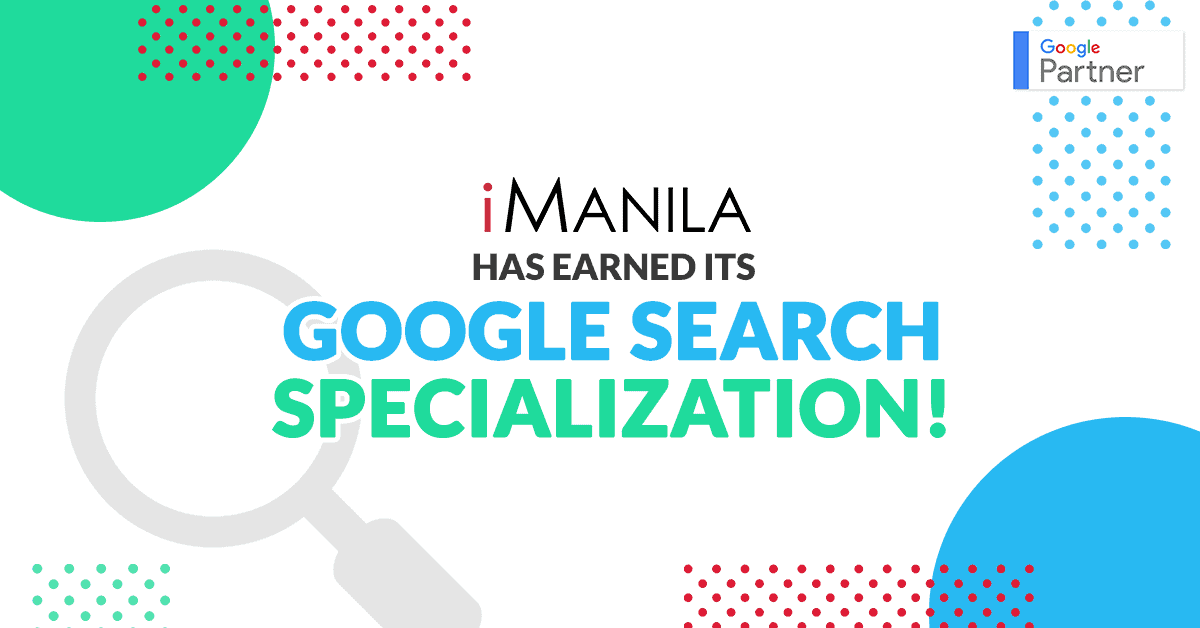“Be there, be seen, be relevant”
Such were the words spoken by Google PH’s Agency Acceleration Specialist, Berns Bachar in the recently concluded Google Learning Session 101 at the Google Headquarters in Bonifacio Global City, Taguig last October 18, 2019.
The Google session was attended by various representatives from digital marketing agencies, and brand specialists from different companies in the Metro who were looking to learn more about Google’s Search and Display Ads, and YouTube Ads. Google PH’s training highlighted the importance of creating digital campaigns for the success of one’s business. “One of the most effective ways to spread brand awareness is via Search ads,” Bachar said.
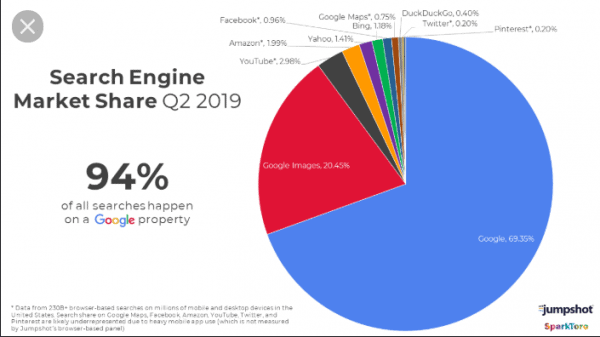
*Photo and figures by TechCrunch
Search Ads are intent-based campaigns where ads appear when users search for a particular item or brand through different keywords.
Basing on Google’s monthly search record, the search platform receives over 2.5-billion searches per month in the Philippines alone and 3.5-billion daily searches worldwide. Google’s search engine market is valued at 94% of all searches and outranks other search engines in most, if not all, countries in the world. A total of 70% of these searches take place in mobile devices while only 30% on desktop and tablet devices.
According to Google, their search platform is an arena where brands fight over to outrank competitors and get everyone’s attention. So Google warns, if you aren’t there, your competition will be!
YouTube ads, on the other hand, are not intent-based like search ads, hence, they only appear to users who are viewing videos relating to the brand. For the record, YouTube has more than 1.5-billion monthly active users, second to Facebook which has more than 2-billion active users monthly. Though outnumbered by Facebook, 90% of digital users globally consider YouTube as their primary destination and 70% of consumers go to YouTube before buying a product.
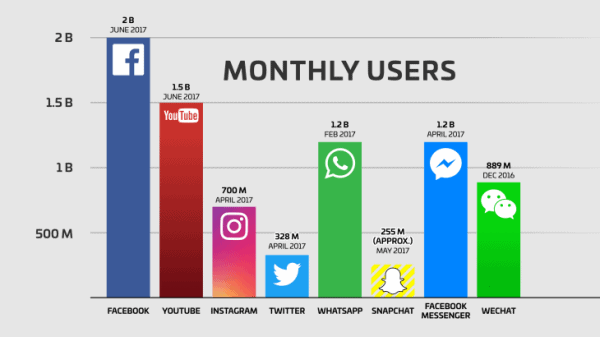
*Photo and figures by TechCrunch
According to another speaker, Andre Visenio, Google PH’s Agency Business Lead, there are four unique approaches that you may apply to your future YouTube ads:
“Attract, Brand, Connect and Direct”.
Attract is basically for a bumper or 6-seconder video ads. The video must start with a bang, run in the middle subtly and end it with another bang. To power your video ad, it must have good audio and sound effects, eye-catching visuals and a relatable storyline. Brand, however, is more of highlighting the brand; Connect is provoking an emotional connection, sometimes funny and mostly heart-touching video ads. While direct is like the word itself, ads that are direct with clear messaging.
Compared to other social media platforms, YouTube users tend to spend more time on the platform. On mobile specifically, YouTube reports the average session time as more than 40 minutes. This is great for small businesses looking to drive more attention to their ads.
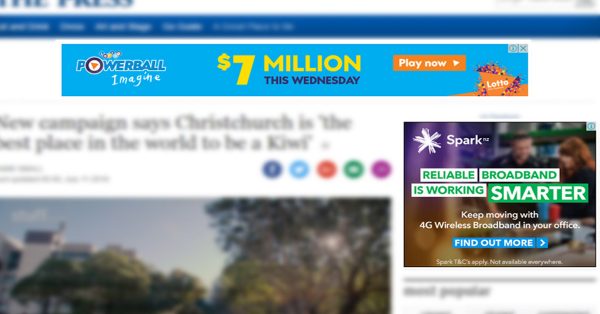
*Photo by Sapling
The latter part of the training discusses the perks of creating a display campaign for businesses. According to Bachar, who previously discussed about search ads, “Consumers in a browsing mindset are more receptive to learning about brands.”
Unlike search campaigns that are intent-based, display ads are more passive as they only show up while skimming through websites to shop, watch videos or read articles. Display ads appear in Google Display Network (GDN) platforms such as Chrome, YouTube, Gmail, Google Map, and Google Play. In a report by Google, users spend 10 hours a day online, in which 42% of all users go to social media and the remaining 58% spend their time online outside of social media, doing either online shopping or reading articles. As for people who visit the website, 10% of them read news, 25% watch videos, 25% are shopping and researching, while 40% are playing games.
The era has come where brands would raise their fists and fight off other brands to step up and capture their target markets. Search, Display and YouTube campaigns are great ways to start in building your brand.
“People expect your brands to be present online, especially on the web. Take this opportunity to boost your brand on a bigger and wider market. Advise your clients, friends or families who sell their products offline to switch to digital now,” Bachar said.
Unsure of how you’re going to maximize these digital opportunities? We can help you! Send us an email at [email protected]! #iManila #GooglePartner #DigitalMarketing
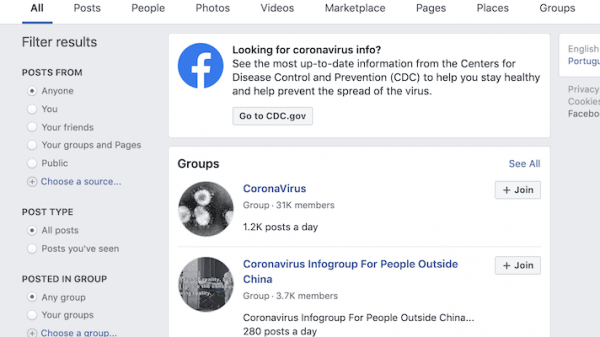
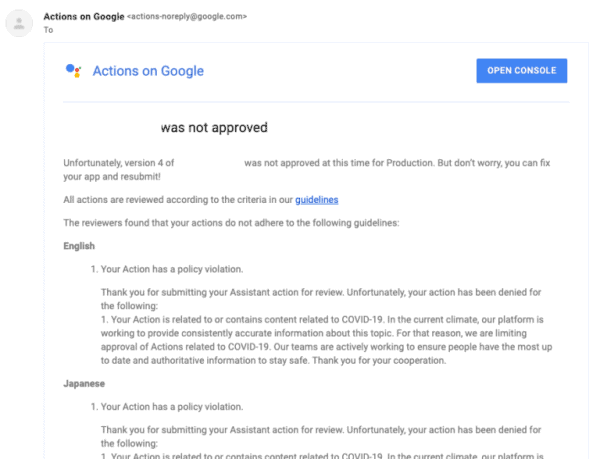
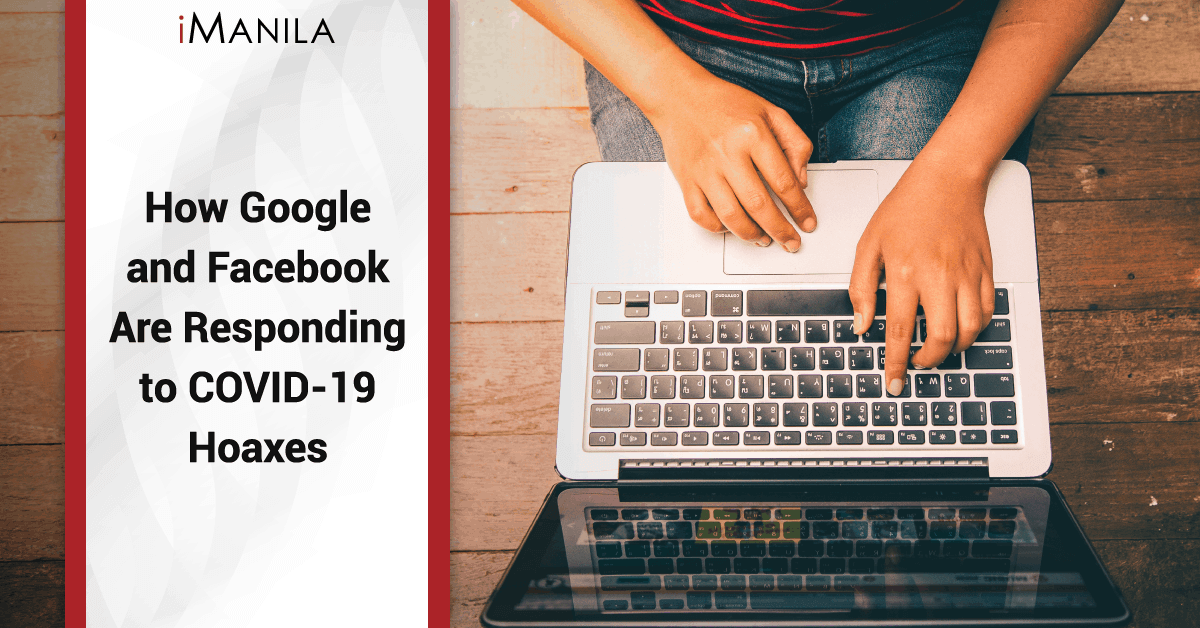


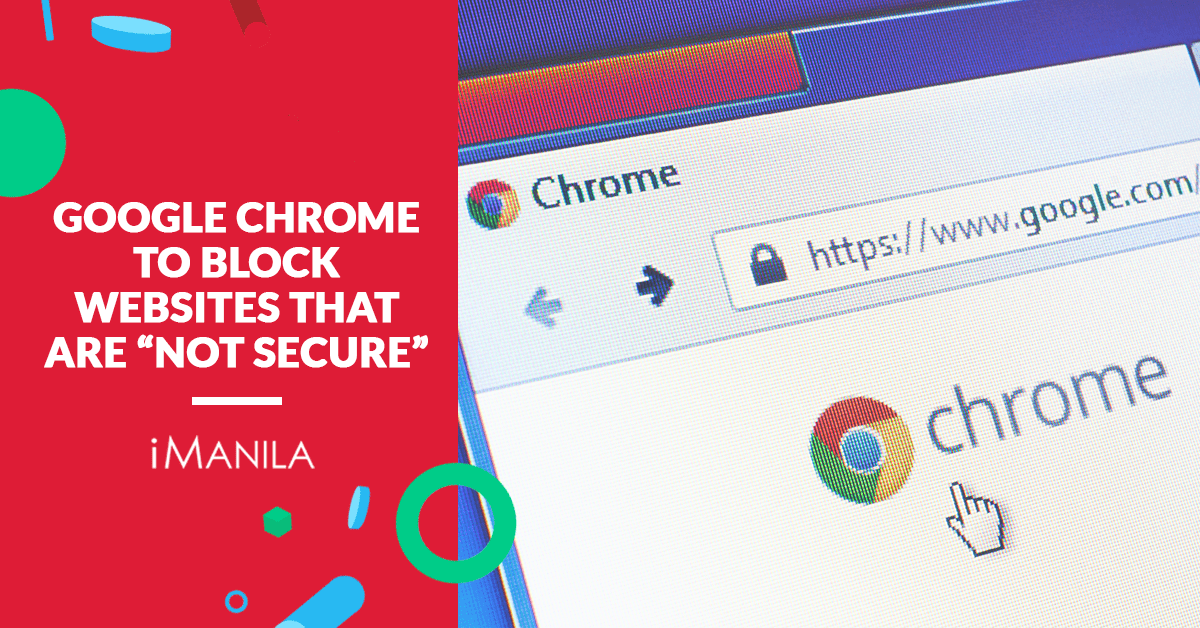
 Image from
Image from 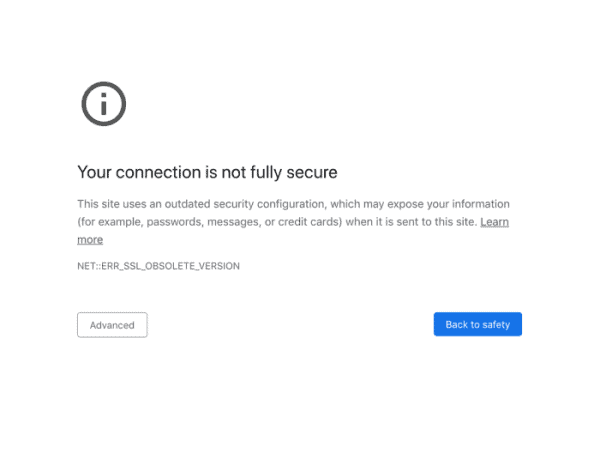 Image from
Image from 